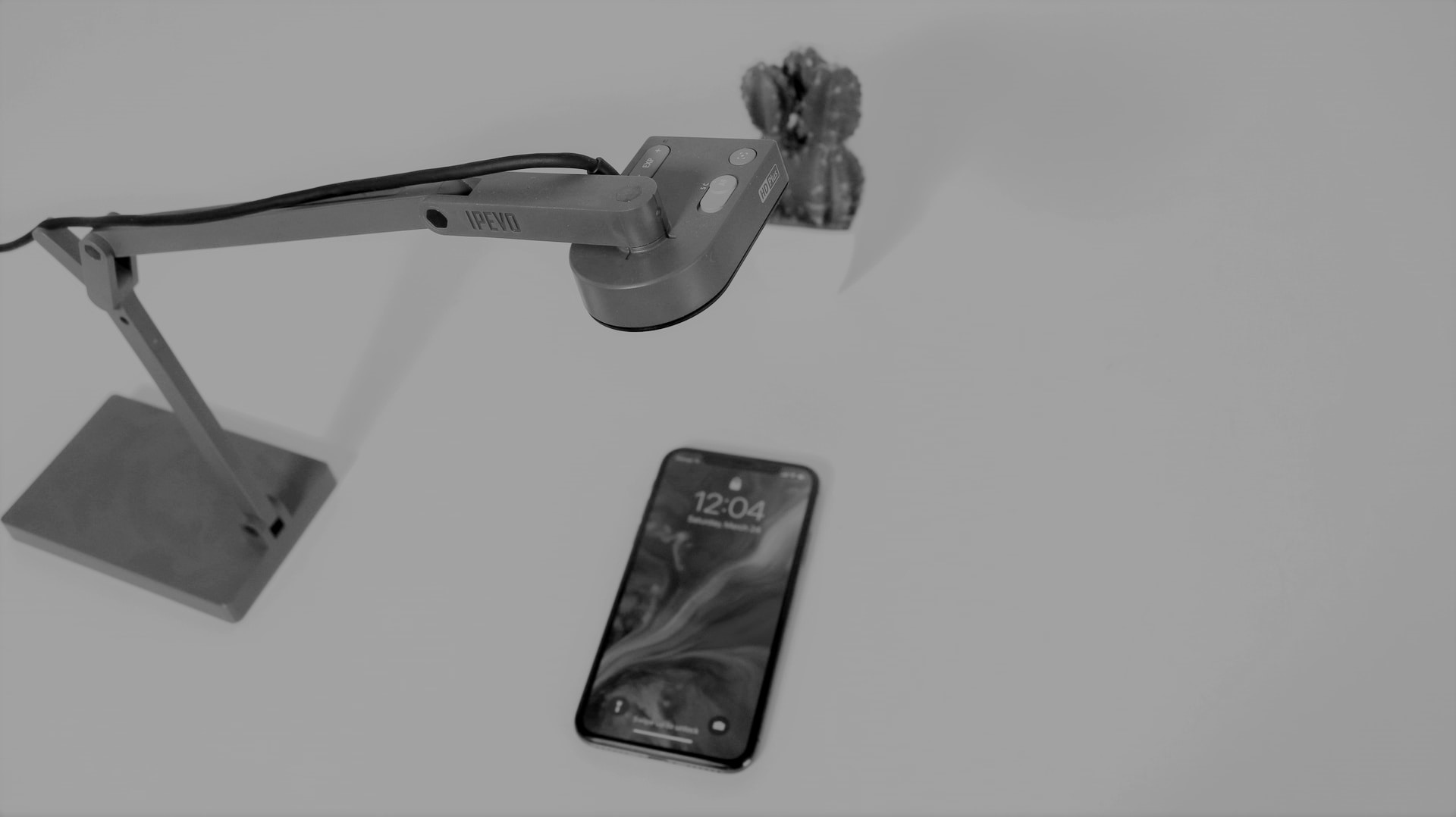When it comes to designing interfaces, products, and experiences, Usability is the key component that determines whether a particular UX design has failed in its mission or not. Usability is the extent to which a product can be used by specified users to achieve specified goals with effectiveness, efficiency, and satisfaction in a specified context of use. Usability refers to assessing how easy user interfaces are to use or the methods for enhancing the ease of use during the design process.
According to Wikipedia, Usability is “the ease of use and learnability of a human-made object such as a tool or device. In software engineering, usability is the degree to which a software can be used by specified consumers to achieve quantified objectives with effectiveness, efficiency, and satisfaction in a quantified context of use.”
Further explaining the intricate parts of it as including “methods of measuring usability, such as needs analysis and the study of the principles behind an object’s perceived efficiency or elegance… Usability considers user satisfaction and utility as quality components, and aims to improve user experience through iterative design.”
Suggested Read – Conversational Interfaces: Why You Should Consider Them For Your Product
Usability tries as much as possible to be the bridge between specified goals/objectives for a design, software or product and the intended user, in terms of how easy it is for the user to intuitively understand, navigate and achieve the goal for which the Product was intended as to satisfy the user’s need.
Jakob Nielsen in this 2012 article briefly details the import of Usability saying “On the Web, usability is a necessary condition for survival. If a website is difficult to use, people leave. If the homepage fails to clearly state what a company offers and what users can do on the site, people leave. If users get lost on a website, they leave. If a website’s information is hard to read or doesn’t answer users’ key questions, they leave. Note a pattern here? There’s no such thing as a user reading a website manual or otherwise spending much time trying to figure out an interface. There are plenty of other websites available; leaving is the first line of defence when users encounter a difficulty.”
Given that Usability is a very vital aspect of building products, innovation, design, and User experience, we think it is crucial to take a look at how AI will affect Usability in the coming years and what to expect.
Currently, we know that human intelligence is quite limiting in the speed and ability to learn, apply knowledge fast and take data from knowledge applied/results garnered to reapply into fields. Artificial Intelligence (AI), takes the ability to learn and reapply knowledge to a super-level characterized by speed, optimization, and efficiency.
And what does that mean for Usability?
AI is going to be mostly about optimization and speed. Designers working with AI can create designs faster and more cheaply due to the increased speed and efficiency it offers. The power of AI will lie in the speed at which it can analyze vast amounts of data and suggest design adjustments.
The application of AI will lead to better-personalized experiences, based on the collected user data, such as where those users come from, what type of device is being used, etc. All of those data would be pretty helpful for them to find what they really need, and thus results in a higher conversion rate.
AI tools will help create great, high-converting designs quickly by using previous data to intuitively refine designs based on other previously successful ones – showing how user engagement is performing over time and pointing out what’s working versus what’s not.
AI and Usability both aim to understand users and supply what they need, this makes AI the tech for building impactful and iterative experiences for users. TheGrid.io is an example, of an algorithm-driven design platform, it lets you build optimized websites. Built around the concept of continuous A/B testing and refinement layouts, the platform lets Designers sift through the multiple options provided by AI-driven tools and select what works for them.
AI analyzes data and helps you build an information structure for your content management system and a navigation structure for your end-users.
More examples of companies already using AI to succeed are:
Netflix with its AI algorithm applies stylized movie titles to create a poster unique to a user’s interests, languages, and location. While also A/B testing the effectiveness of each design on Netflix’s users to self-train and optimize its content.
Airbnb also has ‘Price Tips’, an AI tool that “lets Airbnb hosts see exactly where they should set the price of their property on a day-by-day basis to make it most likely to be rented”
The future of Usability optimization looks exciting, with more designers giving themselves to higher conceptual work and strategies, while day-to-day tedium is handled by AI.
This piece was first published on Acumen Digital’s blog.
